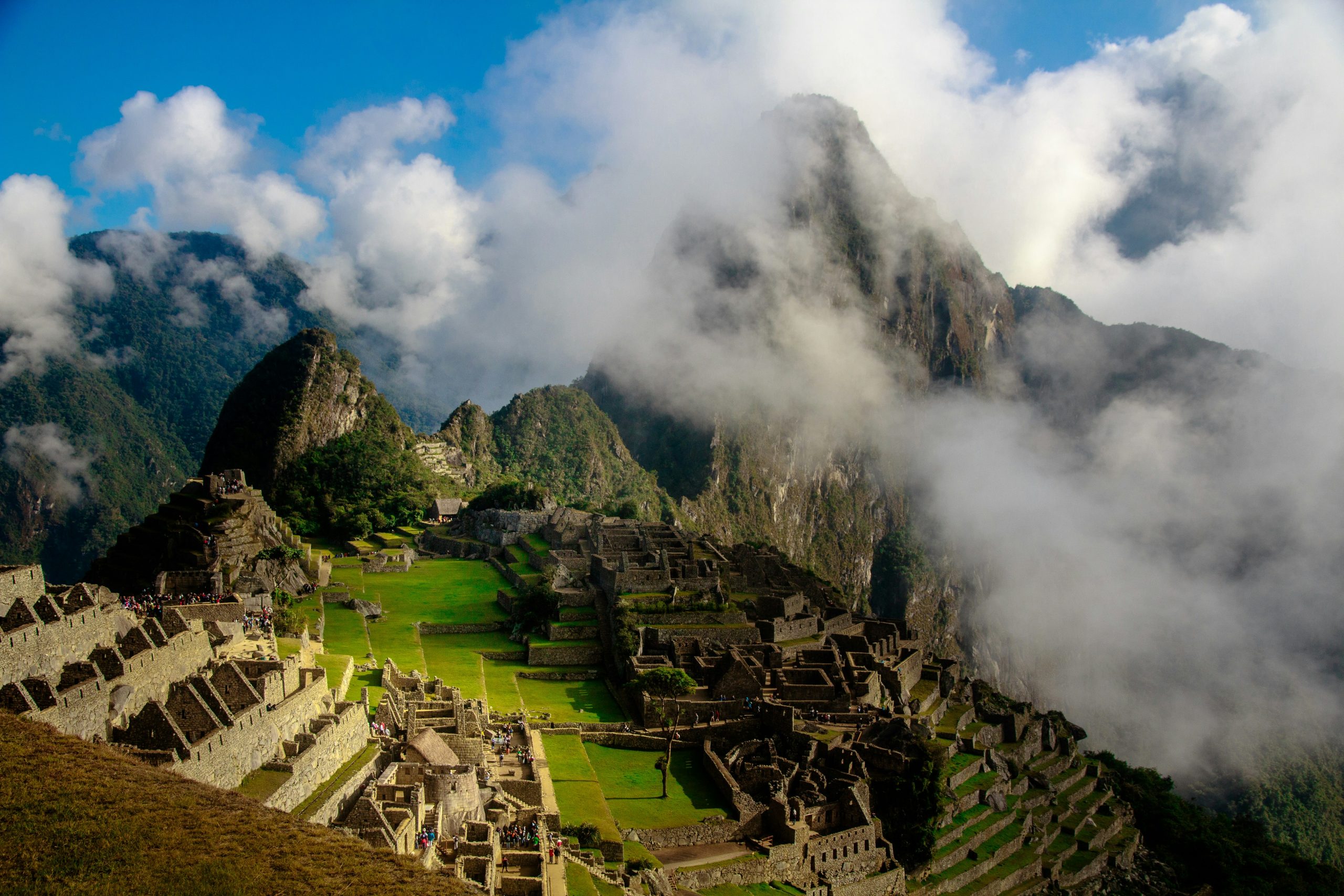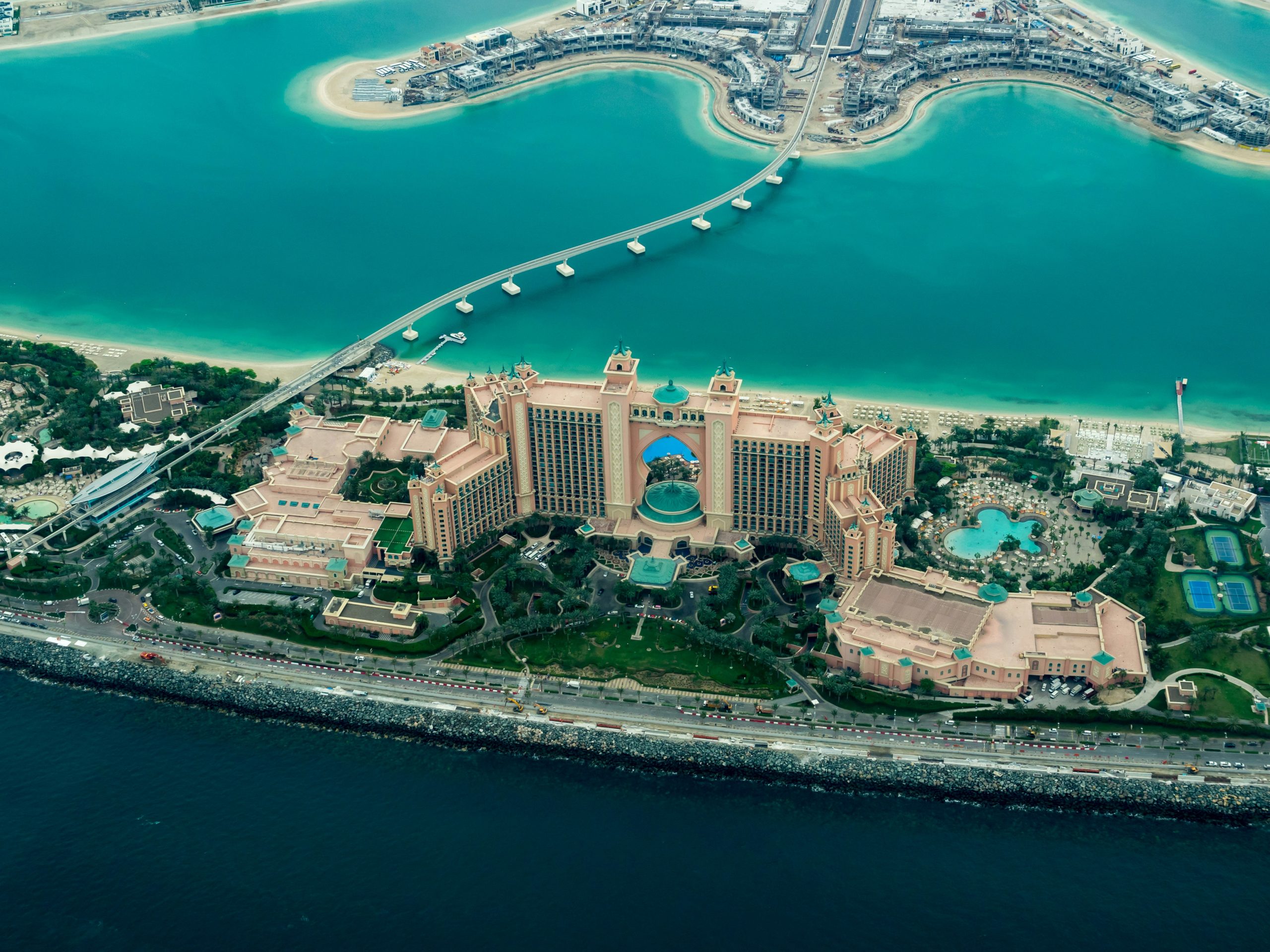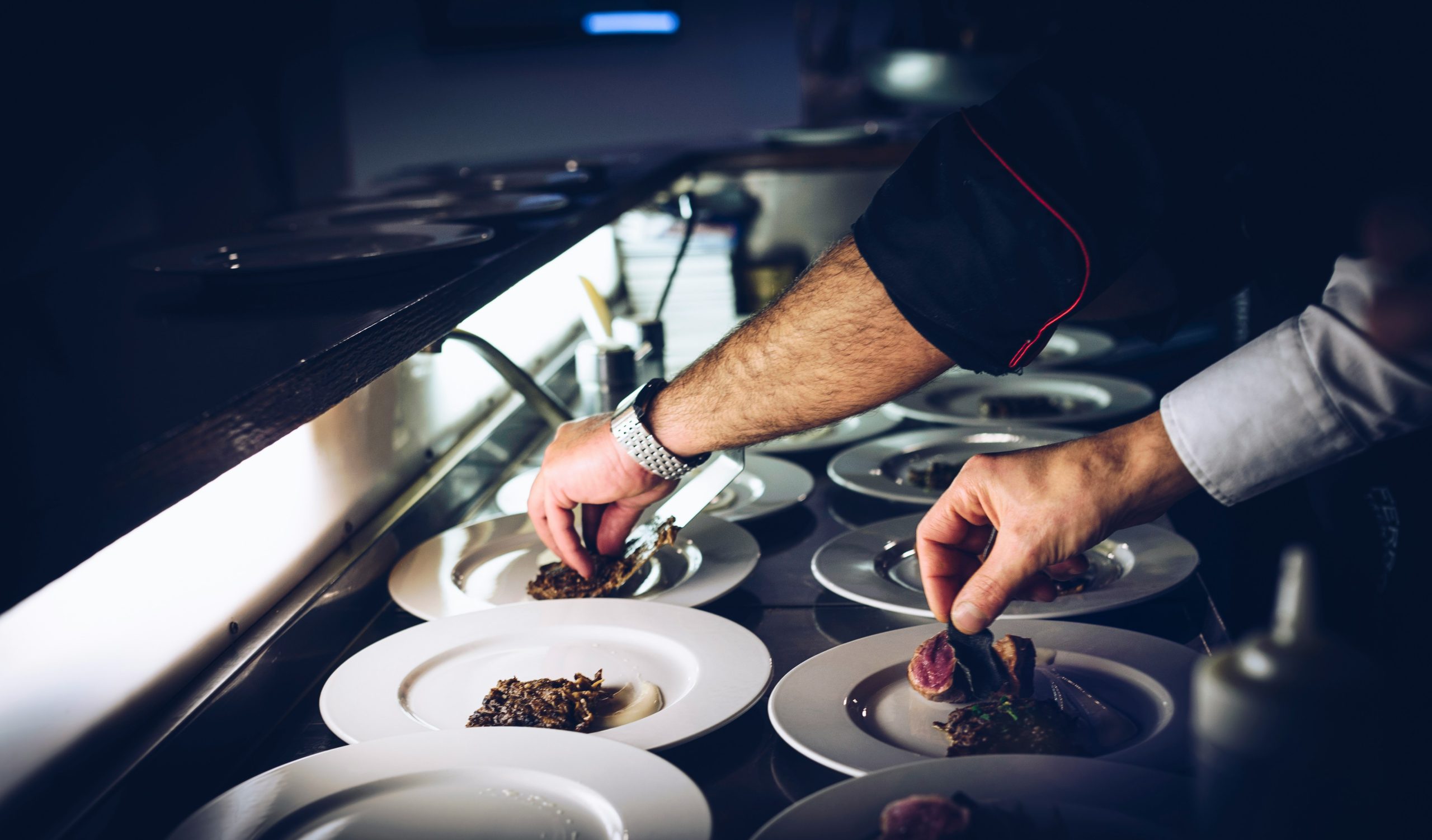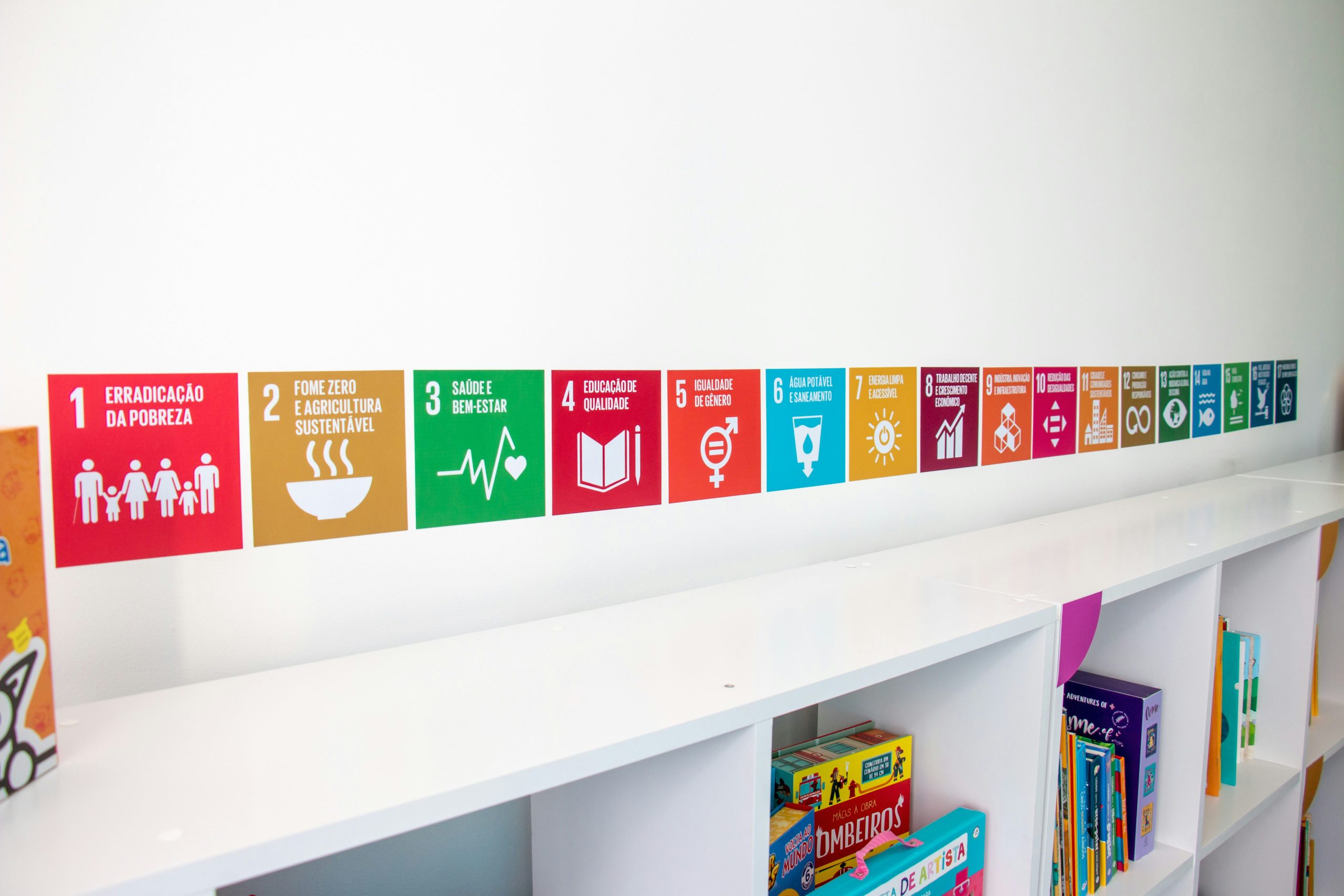Destinations of the Most Exclusive Latin American Bars
Latin America has established itself as an epicenter of global mixology, with bars that stand out not only for their innovative offerings but also for the ambiance and design that make them luxurious experiences. The curiosity to explore these destinations is almost inevitable for those like me who seek to discover talent, creativity, and local traditions through cocktails. From a business perspective, it is fascinating to see how these venues have successfully blended cultural identity with high-end mixology, creating a product that appeals not only to locals but also to an international audience. These exclusive destinations appear on top international award lists and are must-visit stops for mixology enthusiasts and travelers in search of unique spots, reinforcing the investment and expansion potential that businesses of this caliber have on a global scale. Handshake Speakeasy – Mexico City; Mexico Located in Colonia Juárez, this bar holds the title of Best Bar in the World in 2024. Handshake Speakeasy has gained global attention for its signature cocktails in an atmosphere reminiscent of the elegance of the 1920s. Guests enjoy an elevated mixology experience where each drink is meticulously crafted and presented. Tres Monos – Buenos Aires, Argentina; This iconic bar in the Palermo neighborhood
The Rise of Sustainable Business Models: Opportunities for Investors and Entrepreneurs
In a world increasingly aware of sustainability, business models that integrate environmental, social, and governance (ESG) criteria are gaining advance and transforming the dynamics of the global market. From energy efficiency to eco-design, these models are proving that it is possible to be profitable while contributing to a more sustainable future. For entrepreneurs and investors, this trend represents a unique window of opportunity to grow and stand out. During 2024, regulatory advancements and shifts in consumer expectations have accelerated the adoption of sustainable practices. According to the United Nations Global Compact, companies are placing sustainability at the core to comply with new regulations and attract consumers who are increasingly interested in responsible brands. This trend has created an ecosystem where sustainability is not merely an “added value” but a starting point for innovation and competitiveness. For investors, sustainable business models offer attractive investment opportunities. The demand for sustainable projects in key sectors, such as renewable energy, has boosted the market value of these companies. Additionally, thanks to technological advancements, it is now easier for companies to monitor and reduce their environmental impact, which attracts even more capital to the sector. On the other hand, there is renewable Energy, the energy transition continues to accelerate,
The Importance of Building Lasting Connections: An Essential Strategy for Business Growth
Building authentic and strategic connections becomes essential for entrepreneurs with long-term projections. Beyond traditional professional encounters, this process is about intentional, ongoing practice that opens doors to new knowledge, business insights, and exclusive opportunities. Genuine connections with professionals across various sectors not only enrich business vision but also strengthen resilience and adaptability to market changes—crucial aspects for sustained success. In this context, the right connections can become an invaluable source of ideas, innovations, and resources that fuel mutual growth. Moreover, strengthening a professional network requires identifying those with whom to collaborate purposefully along the business journey. This means going beyond immediate contacts to include sectors or profiles that, while different, can be strategically complementary. For many entrepreneurs, this diversity in connections broadens business reach, offers a more holistic perspective, and facilitates access to opportunities that might otherwise be out of reach. Maintaining and adding value to each relationship over time is key to building this network sustainably. The focus is not only on what others can offer but also on how one can contribute meaningfully whether through active listening, supporting shared initiatives, joint projects, or exchanging specialized knowledge.
Success Stories: Restaurants as Tourism Catalysts
Attracting large audiences and driving tourism is a challenge, especially for those aiming to position a country or region as an appealing destination. Today, however, the influence of brands and figures on social media has fueled trends that draw tourists seeking unique experiences, from iconic dishes to haute cuisine concepts. A prime example of this phenomenon is Crumbl Cookies, a franchise that has harnessed TikTok’s viral power to become a coveted brand. These cookies, seen as authentic gifts, have not only gone viral but have also evolved into a high-demand, high-value franchise. Additionally, many exclusive restaurants and products from specific countries create even more allure, motivating tourists to travel specifically for an authentic experience. This trend is notable among millennials: according to a survey by App Marketplace News, 53% of respondents have visited or ordered from a restaurant they discovered on TikTok. Certain tourist destinations are also distinguished by their culinary specialties, which, in addition to generating cultural identity, can drive large-scale tourism. Mexico with its tacos, Japan with sushi and ramen, Italy with gelato, pizza, and pasta, and Peru with ceviche represent dishes that cross borders, while various restaurants in these countries have boosted the appeal of visiting these places. In
Top Destinations Known for the Most Exclusive Hotels
When discussing luxury tourism, certain hotels come to mind; these hotels not only offer first-class hospitality but have also become emblematic destinations in their respective cities. Luxury tourism is booming, with an estimated 40% of high-income travelers engaging in this type of tourism, seeking experiences that go beyond the ordinary. These luxury accommodations provide unique experiences, attracting travelers from all over the world who are looking for something truly unforgettable and exclusive. One success story is the Burj Al Arab Jumeirah in Dubai, which redefines the concept of exclusivity with its iconic sail-shaped structure and private island location. With its two-story suites, 24/7 butler service, and transport options via helicopter or Rolls-Royce, this hotel offers an unparalleled level of service that transforms each stay into an experience of extreme luxury. On the other hand, in New York, The Plaza Hotel continues to be a symbol of American glamour and history, drawing guests in search of a classic experience in the heart of Manhattan. These destinations not only exemplify exclusivity but also integrate a business strategy that transforms hospitality into a high-value product. The key to success in the luxury tourism sector lies in developing unique experiences that align with the expectations of
The Synergy Between Fine Dining and Global Restaurant Operations: Chef Richard Sandoval’s Success Case
On the road to business success, opportunities and passions don’t always emerge predictably. Sometimes, life’s circumstances and decisions take us in directions we could never have imagined, leading us to discover new vocations and ventures. As a gastronomy enthusiast, I’m drawn to exploring cases where strategic vision and adaptability drive a story of success. Recently, I came across the inspiring story of Mexican chef Richard Sandoval, whose career embodies a unique entrepreneurial transformation. Surprisingly, Sandoval didn’t start his career in the kitchen like many chefs. Initially, his main interest was sports—specifically tennis—and it wasn’t until later, due to unforeseen events, that he discovered his true passion for gastronomy. Chef Sandoval has transformed that passion into a global operation that combines culinary excellence with an ambitious business strategy. Throughout his career, Sandoval has received accolades that attest to his contributions to fine dining, including the prestigious National Toque d'Oro, one of Mexico’s most esteemed awards. Furthermore, his impact on the industry has been recognized in outlets like Inc. Magazine, where he was named one of the “10 Most Inspiring Business Leaders,” a notable achievement in the restaurant world and a testament to how he has leveraged every opportunity to grow and expand
Financial Technologies (Fintech): The Sector That Continues to Capture Investors’ Attention
As the business world evolves, sectors that manage to adapt and innovate are the ones leading the change. Among these, fintech (financial technology) stands out for its ability to integrate technology with financial services, improving and automating processes that were once complex and manual. From digital payments to investment management and insurance, fintech is revolutionizing the way we interact with money. A recent study by the Inter-American Development Bank (IDB) and Finnovista reveals an impressive growth in fintech in Latin America, with a 340% increase in the number of startups in recent years. Brazil leads the region with 24% of these ventures, followed by Mexico and Colombia. By 2030, fintech is expected to generate up to $1.5 trillion in revenue, a figure that reflects the growing impact of this sector. Globally, fintech investment reached $75.2 billion in 2022, though this represented a 46% decrease compared to 2021. However, investors continue to see this sector as a unique opportunity, driven by market expansion and the rising valuation of these companies. The outlook remains favorable for fintech companies that adapt to business needs and add value through innovation. According to Forbes, startups like DataSnipper have gained prominence. This fintech, which uses artificial intelligence to automate
Innovations in the Food Industry to Combat Climate Change
In recent months, we’ve witnessed the growing impact of climate change, with record-breaking temperatures globally, marking some of the hottest conditions we’ve ever experienced. Many of these changes are a direct result of human activity, and one contributing factor is the food industry. However, in recent years, several measures have been implemented to reduce the ecological footprint left by this sector. As a gastronomy enthusiast, I wanted to explore the innovative measures the industry is implementing to mitigate these effects. One of the most significant approaches is sustainable agriculture, driven by technological advancements like precision farming. These technologies are reshaping food systems to address global challenges, such as climate change. And, as expected, artificial intelligence (AI) is playing an increasingly important role. Among the companies leading the charge is Seabex, a French company offering solutions powered by AI based on data insights. This technology is specifically designed to support farmers, who are on the front lines of water scarcity and climate change. With this technology, farmers not only optimize water usage but also improve crop yields. According to a report by Medium, Seabex has demonstrated that this technology is already revolutionizing small-scale farming practices, reducing water usage by up to 20% and boosting
Success Stories in Sustainable Tourism: Best Practices That Transform Destinations
Today, sustainability has become a fundamental pillar across all industries, and the tourism sector is no exception. This sector is seizing the opportunity to adapt to new trends and consumer demands, as well as to the objectives set out in the 2030 Agenda and the Sustainable Development Goals (SDGs), promoting a green economy. Within this green economy framework, sustainable tourism emerges as a key strategy that goes beyond the environmentally conscious traveler. It is a model where the destination, acting as the host, aims to meet the needs of visitors and industries while preserving natural and cultural resources without compromising future generations. The United Nations (UN) outlines three core principles for sustainable tourism: Make optimal use of environmental resources. Respect the sociocultural authenticity of communities, including architecture and traditions, among others. Ensure long-term economic activities that help reduce poverty. In recent years, sustainable tourism has experienced significant growth. According to Statista, the ecotourism market, an integral part of sustainable tourism, reached over $196 billion in 2023. A report by Booking also revealed that 76% of travelers are interested in traveling more sustainably, showing a trend toward more conscious travel. In fact, the same report highlighted that 43% of travelers are willing to pay
The Best Cities to Enjoy MICHELIN Restaurants
As Confucius once said, “to know how to eat is to know how to live,” a phrase that invites us to appreciate food both for the pleasure of enjoying a great dish and for the nutritional benefits it provides. Without a doubt, eating is a pleasure for many, so much so that the tourism sector has a category dedicated exclusively to it: gastronomic tourism. For travelers, gastronomic tourism is a strong motivation when considering a destination. According to a report by La República, a survey conducted by the travel website Booking revealed that 88% of respondents consider tasting local cuisine as one of the main reasons for choosing a destination. If traveling is on your agenda for the rest of the year, here are some top cities you might consider for a unique culinary experience, as they are renowned for their gastronomic offerings centered around Michelin-starred restaurants, which have gained much popularity. According to the latest figures published last year, Tokyo leads with 200 Michelin-starred restaurants, with ratings ranging from 1 to 3 stars. Following this, 9,706 km away, Paris has 130 Michelin stars. And to not leave it there, I also want to share two restaurants in each destination that, may










